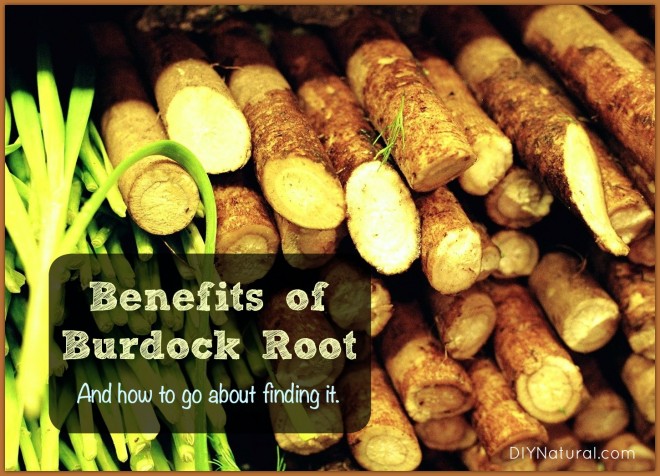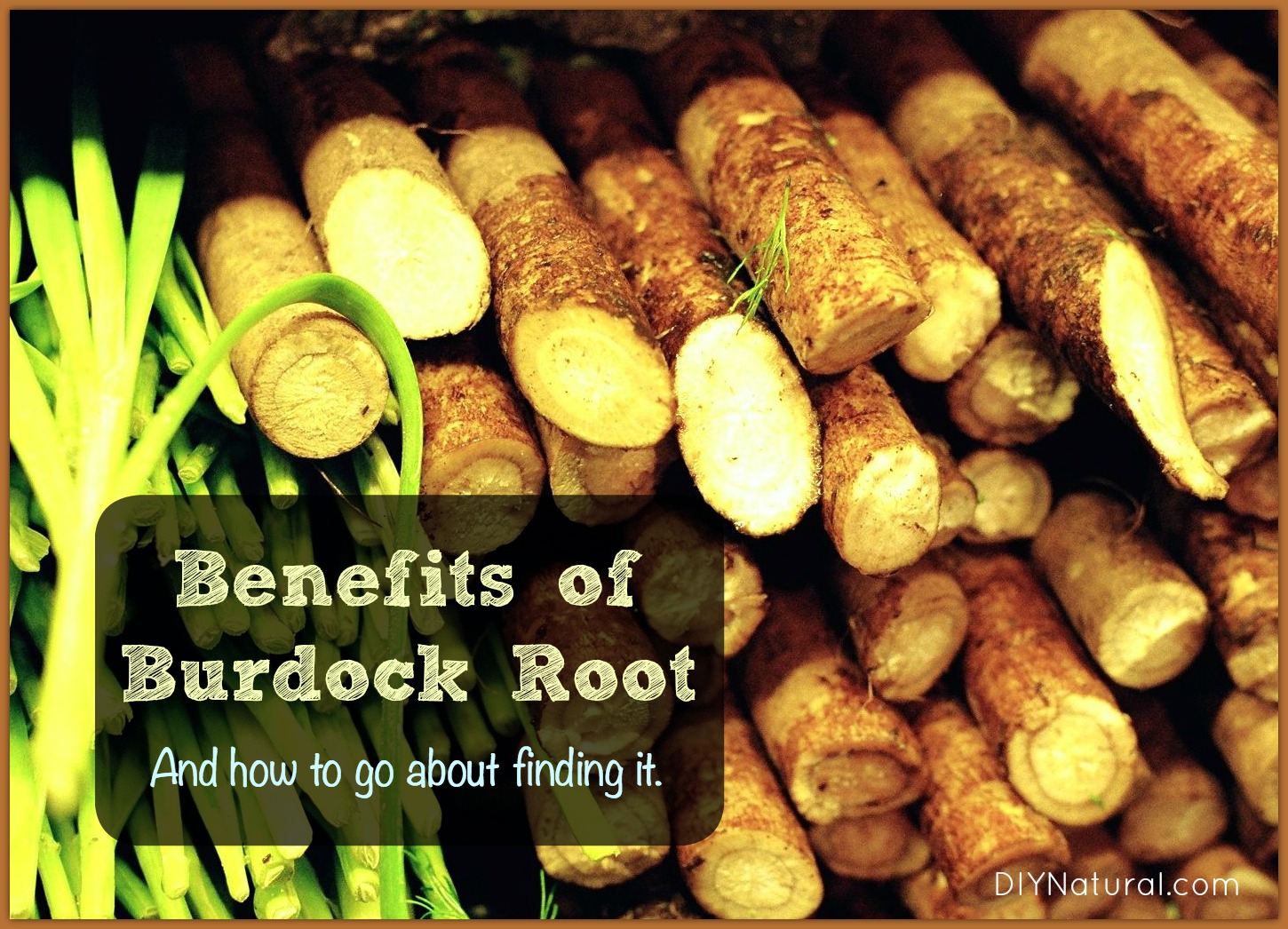
Most people, if asked, would tell you that burdock (Arctium lappa) is that large invasive weed with the really long tap root and the obnoxious burrs that stick to everyone’s clothing in the fall.
A few years ago at a conference I was approached after my talk by a woman who lived in an intentional community in Canada. They were being encouraged by an environmentalist to spray a very aggressive herbicide to cull an invasion of this very same plant. The environmentalist was concerned about its impact on native species.
I think we’re looking at burdock all wrong. In fact, in many other cultures, this is not an invasive weed, but rather a cherished vegetable. If we only changed our view of this plant here in the States we would be gobbling up the meadows of burdock faster than it had a chance to be a problem. You can easily find its roots, also called gobo, in most Asian markets. Increasingly you will find it in your average health conscious grocery. Burdock should really become a staple in your dinner plans!
Burdock Root Benefits
It’s Delicious!
Many parts of the plant are edible, but it is the root that is most often eaten. Spend a few minutes searching online and you will find many delicious recipes.
If you’re looking for a simple way to try gobo, do a simple stir fry. Simply boil the root in water for half an hour with a pinch of baking soda, drain, and then saute with a handful of your favorite vegetables (carrots and peppers are nice) in a small amount of water or your favorite sauce. I boil burdock root to keep the vegetable looking white in the final dish. If you don’t care, it isn’t necessary.
It’s Nutritious!
Burdock is high in vitamins and minerals such as iron, magnesium, phosphorus, potassium, thiamine, Vitamin A, and zinc.
According to Mark Pedersen in his book, Nutritional Herbology, the root is made up of approximately 40-50% inulin. Inulin is a starch that is not digestible but has indirect benefits for us. The presence of this oligosaccharide makes burdock a prebiotic because the good bacteria in our digestive tract use it as a food source.
Burdock root is high in viscous, also known as soluble, fiber. This is the same type we expect to get from a daily intake of oatmeal. The purpose of viscous fiber is to expand in a gel-like manner inside the digestive tract. The mucilage content soothes our mucous membranes with its softness. It is believed that it can help to absorb toxicity within the digestive system and stimulate the body to eliminate them. Benefits can be seen in the circulatory, nervous, and digestive system.
It’s Easy to Grow!
You can grow burdock from seed if you’d like. Why on earth would you do this? Well, for most of us burdock is a weed that is easily found. The negative side to wildcrafting it is that its roots go very deep and they are hard to dig. If you plant the seeds deliberately you can prepare a bed of loose sand or wood chips so that the roots are easier to lift.
Whether you grow it or simply dig it out of your flower beds, you’ll want the first year root. Look for the leafy plant that is not sending up a flower stalk and you’ll know it’s the right one to dig.
*******




I drink medicinal “Everyday Detox” tea that has several ingredients, and burdock root is the first one listed. I didn’t really know much about it, but after reading this article, I’m glad I’m drinking that tea! I take a couple of meds every day that are helping, but are also not great for my liver (as most meds are not), so again, glad I’m drinking this. With all the other capsules/tabs of antioxidants, supplements that I also take, it’s nice to have something in tea form. I can tell there is a lot of burdock in there, b/c when I squeeze the tea bags, it does feel very slippery/mucilaginous.
Thank you so much for your information
My mom is Japanese and I grew up eating “gobo”. I make it for my kids now too and they love it. I make “kinpira”: use the back of a knife to “peel” the skin off, julienne, and then soak in water for 30 min- 1 hour. I stir fry with julienned carrots and a little red pepper flakes. Throw mirin and a little soy sauce to taste. Sprinkle with some sesame seeds and a LITTLE sesame oil.
Another way we eat it: can “stew” with potatoes, carrots, chicken (preferably dark meat), and onion in soy sauce, dashi, water, and a little sugar. Eat it with rice. It’s called “chikuzenni” if you’d like to look up the recipe.
I use the dried herb to make a tincture.
Burdock is a great blood purifier and can help aid in many problems.
Thanks for your article.